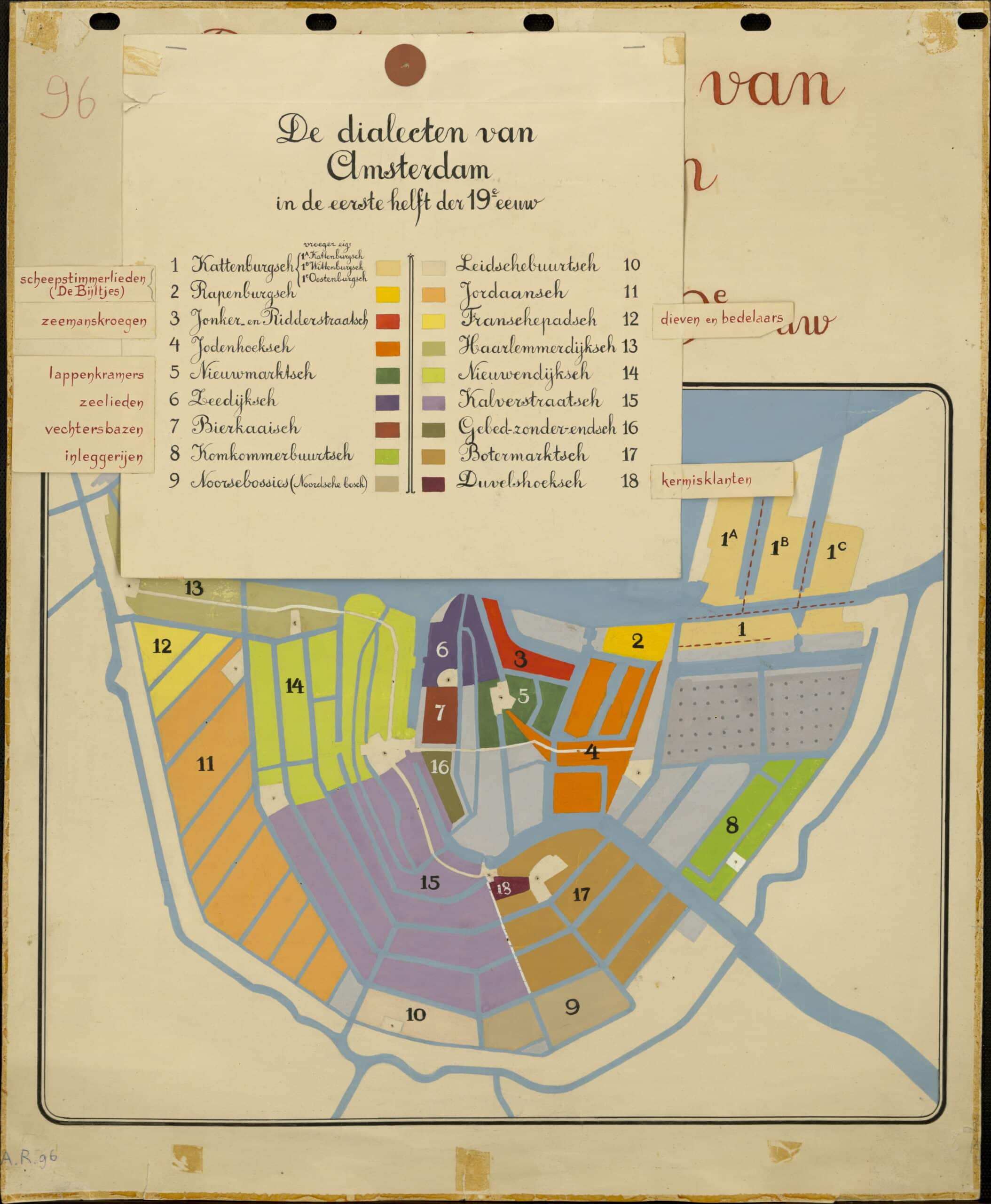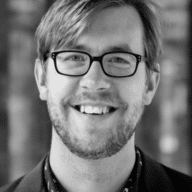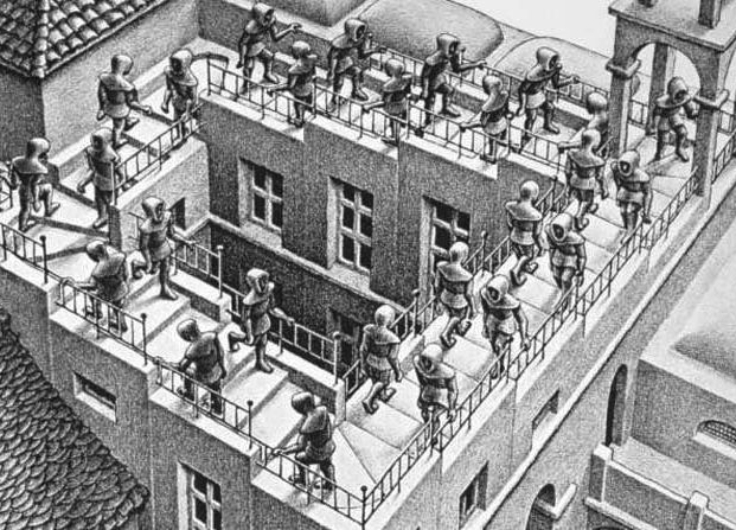Even in Microstate Andorra, There Is Room for Language Variation
Variation exists in everything, and language is no exception. No matter how small an area is, there is always room for language variation, writes linguist Marten van der Meulen.
Like many people, I often struggle with sleep. And, like countless others, I have a repertoire of techniques to help me fall asleep. One of my strategies involves engaging in mental calculations: challenging myself with the Fibonacci sequence, calculating the number of days I’ve been alive, or reflecting on the time elapsed since a specific event.
You may find it unstructured, the way I try to settle myself into sleep. However, my semi-conscious state is often far from chaotic. In fact, that’s the most enjoyable part because it evokes random and peculiar questions.
Recently, a sudden thought crossed my mind: is there anything that is truly uniform? Many things are manufactured in a standardized manner. Yet, I firmly believe that nothing exists in a singular form. Every object possesses different colors, producers, and characteristics. Nothing is devoid of variation, completely uniform, or perfectly homogeneous. It’s quite captivating, I whispered to myself.
Language reflects the same reality; variation is everywhere you go. Despite the abundance of languages, even within a single language, noticeable variations become apparent. These variations are influenced by factors such as age, social connections, time period, occupation, and even individual differences. Each person’s linguistic system has its own unique characteristics to varying extents. While there is significant overlap, which is essential for understanding this column, differences are pervasive.
 The language map of Amsterdam in the first half of the nineteenth century marks a total of eighteen distinct dialects.
The language map of Amsterdam in the first half of the nineteenth century marks a total of eighteen distinct dialects.© Meertens Institute
Geographic variation is the most prominent form of variation within a language. Even within the same language, we speak differently depending on the location. This gives rise to captivating language and dialect maps, examples of which can be found here, here, and here.
Geographic variation has various underlying causes: differing influences shaping one place but not the other, chance leading to divergent paths, or specific political events shaping the language.
These differences can manifest not only across large regions but also at smaller levels. This is evident in the variations observed in English spoken in England, the United States, and Australia. Additionally, within the United Kingdom, noticeable distinctions exist among the seemingly shared language used in Scotland, Wales, Northern Ireland, and England.
Within England, there are variations in pronunciation, including differences observed in Newcastle, Liverpool, and London. Moreover, even within different neighbourhoods in London itself, variations in pronunciation can be noticed among its residents. This renowned language map of Amsterdam in the first half of the nineteenth century marks a total of eighteen distinct dialects.
No matter how small an area may be, language variation can be found. We agree on that. However, during another sleepless night, another though struck me: Does language variation exist in Andorra?
Such is the life of a linguist: I come up with questions that others have never even thought of. I am eager to make an effort to answer those questions. The easy answer: yes, it does. Most likely.
Even though Andorra may not surpass the size of Curaçao and is home to a population of merely eighty thousand people (similar to Purmerend or Hasselt), it includes various parishes and multiple towns. Within these distinct towns, there might exist a unique vocabulary – individual terms for objects and subtle pronunciation nuances that hold deep significance for the locals, yet may go unnoticed by outsiders. That variation arises from and is reinforced by identity.
 Even in tiny Andorra, multiple languages are spoken.
Even in tiny Andorra, multiple languages are spoken.© Tourism office Andorra la Vella
In addition to regional variation, there is another form that is virtually unavoidable: migrant languages. One of the most deeply rooted misconceptions about language is the belief in a direct link between language and country. This misconception was perpetuated by the misguided campaign slogan of the political party VVD, which proclaimed: “In Rotterdam, we speak Dutch.” I am not aware of any country in the world where only one language is spoken, as every country is home to people from diverse backgrounds and origins. In the Netherlands, at least 149 languages and dialects are spoken, with the possibility of even more. This linguistic diversity has been the reality for years, spanning various regions, and it continues to persist.
Even in tiny Andorra, multiple languages are spoken. Let me pose a quiz question before you read further: which language do you think is most commonly spoken in Andorra? My initial thought was Spanish, and perhaps yours too. I can also imagine you considered French. After all, Andorra is situated between those two countries, and President Macron is one of the co-princes
(!) of the country.
One of the most deeply rooted misconceptions about language is the belief in a direct link between language and country
If you thought of French or Spanish, you were not far off. Spanish is indeed spoken by many people, accounting for approximately 45 percent of the population in 2018. French, on the other hand, ranks much lower, with just under 10 percent. Catalan (40%) and Portuguese (20%) achieve higher scores. The latter language is used by a significant Portuguese migrant community. How they ended up there is a completely different story. When adding up the percentages, the total might exceed 100 percent, but it’s important to note that people are naturally multilingual and could provide multiple answers.
In short: even in a small country like Andorra, there is absolutely no linguistic unity. In fact, it is a surprisingly diverse mix of languages, which becomes even more complex due to educational policies. Three-quarters of the children are partially or fully educated in French. One might think that this would increase the number of French speakers, but evidently, French is evaluated very negatively. How the situation will evolve remains unclear but undeniably fascinating.
I spent at least one night pondering over it. Thankfully, there are numerous other microstates to reflect on. What languages are spoken in Liechtenstein? Is there geographical language variation in the city-state of Monaco? How many languages are spoken in that international tax haven? I would almost purposely stay awake thinking about it.










